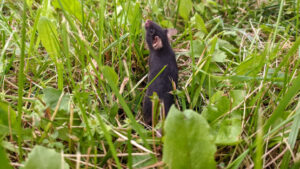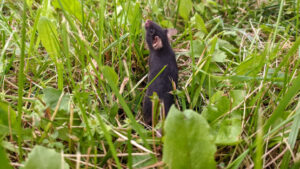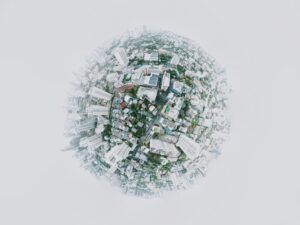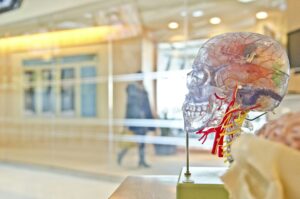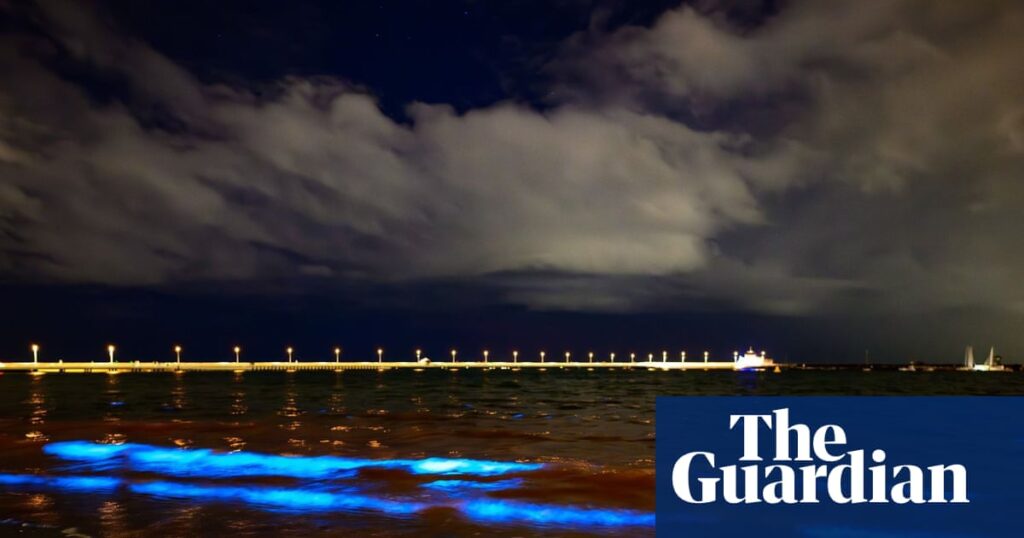
Beachgoers in Melbourne have been captivated by the “cosmic and magical” display of bioluminescent algae at St Kilda beach this week. The phenomenon, characterized by bright pink clouds in the water, was first spotted on Sunday by Richard Pensak, a marine biologist with the local environmental group Earthcare St Kilda.
Pensak immediately recognized the spectacle, which drew crowds eager to witness the “really pretty and sparkly” sight after dark. “It just lights people up,” Pensak remarked, describing the communal excitement surrounding the event.
Understanding the Phenomenon
Bioluminescent algae, while rare, is not unheard of in Port Phillip Bay. The natural occurrence, often referred to as “sea sparkles” or “red tide,” is caused by the algae species Noctiluca scintillans. While visually stunning, this algae can pose risks to marine life due to elevated ammonia levels and reduced oxygen in the water.
Pensak noted that witnessing this natural wonder is a “bucket list” experience, though he acknowledged the concerning link between the algae’s expanded presence and rising ocean temperatures.
Awe-Inspiring Displays
Local author and illustrator Ryan Abramowitz described the algae’s iridescent blue glow as “awe-inspiring,” likening it to “shimmering galaxies whirling and swirling across the shore.” On Monday evening, Abramowitz braved the cold early spring waters to observe the “stunning rhythmic trails” of light, calling it the most “cosmic and magical” night swim he had ever experienced.
Having previously encountered bioluminescent algae in Sydney and Bali, Abramowitz expressed surprise and delight at seeing it in Melbourne for the first time.
Historical Context and Expert Insights
Bioluminescent algae were first documented in Sydney Harbour in 1860. Since the 1990s, sightings have become more frequent in Australian waters, particularly around Sydney and Tasmania. This increase is attributed to changes in ocean temperatures and currents.
Professor Shauna Murray, an algae expert and marine biologist at the University of Technology Sydney, explained that the algae contain proteins called luciferase, which enable them to glow at night. “The phenomenon is quite common along Australian coasts,” she said, “and is a natural part of the ecosystem, expanding farther south into Tasmania due to warming waters off the east Australian current.”
Implications and Future Outlook
The appearance of bioluminescent algae at St Kilda beach highlights broader environmental changes affecting marine ecosystems. As ocean temperatures continue to rise, the distribution of such phenomena may expand, bringing both beauty and ecological challenges.
For now, the spectacle offers a moment of wonder and reflection for those fortunate enough to witness it. The event serves as a reminder of the delicate balance within marine environments and the ongoing impact of climate change.
Looking ahead, researchers and environmentalists will continue to monitor the presence of bioluminescent algae and its implications for marine life and coastal communities. The hope is to better understand and mitigate the potential impacts while preserving the awe-inspiring beauty of such natural phenomena.
